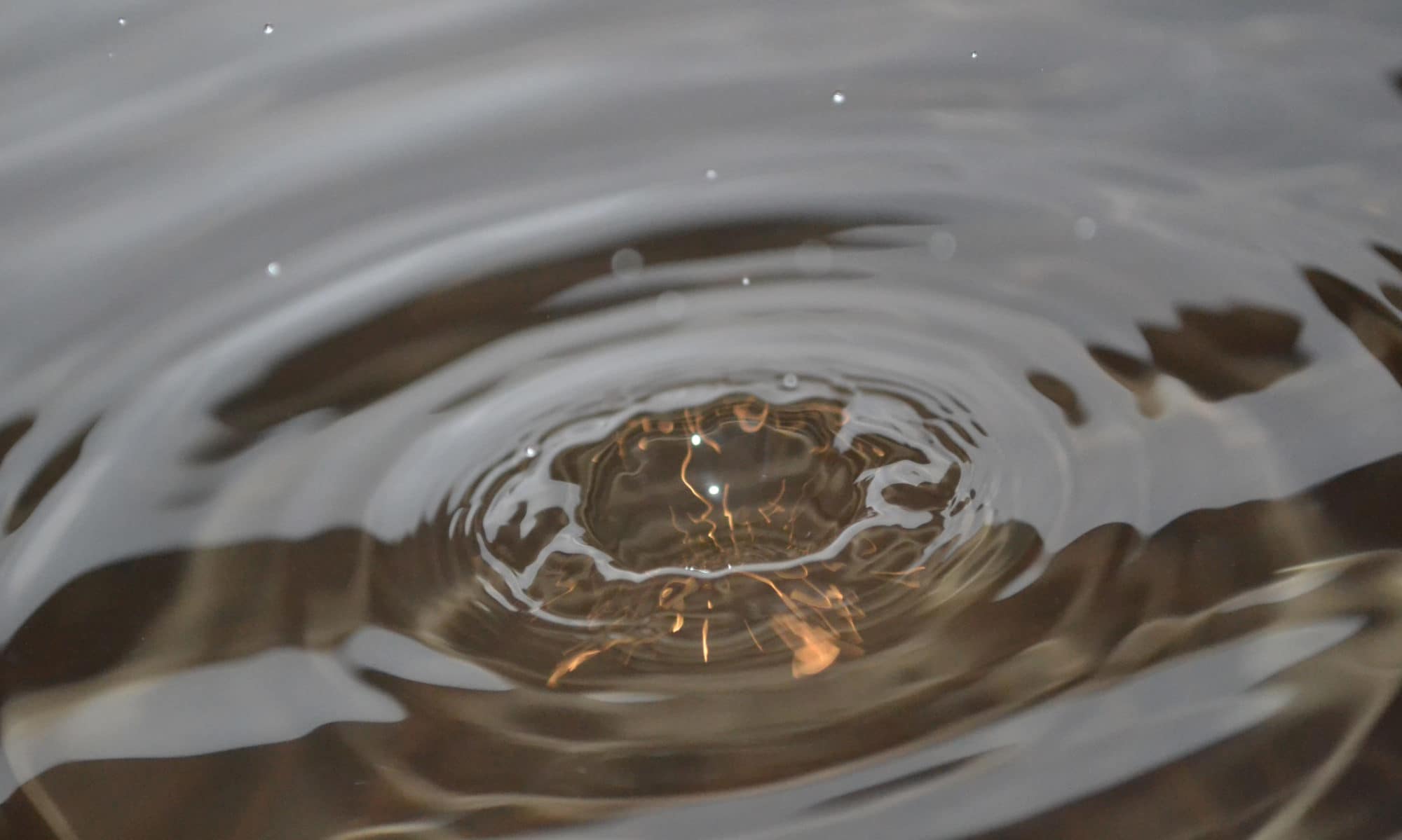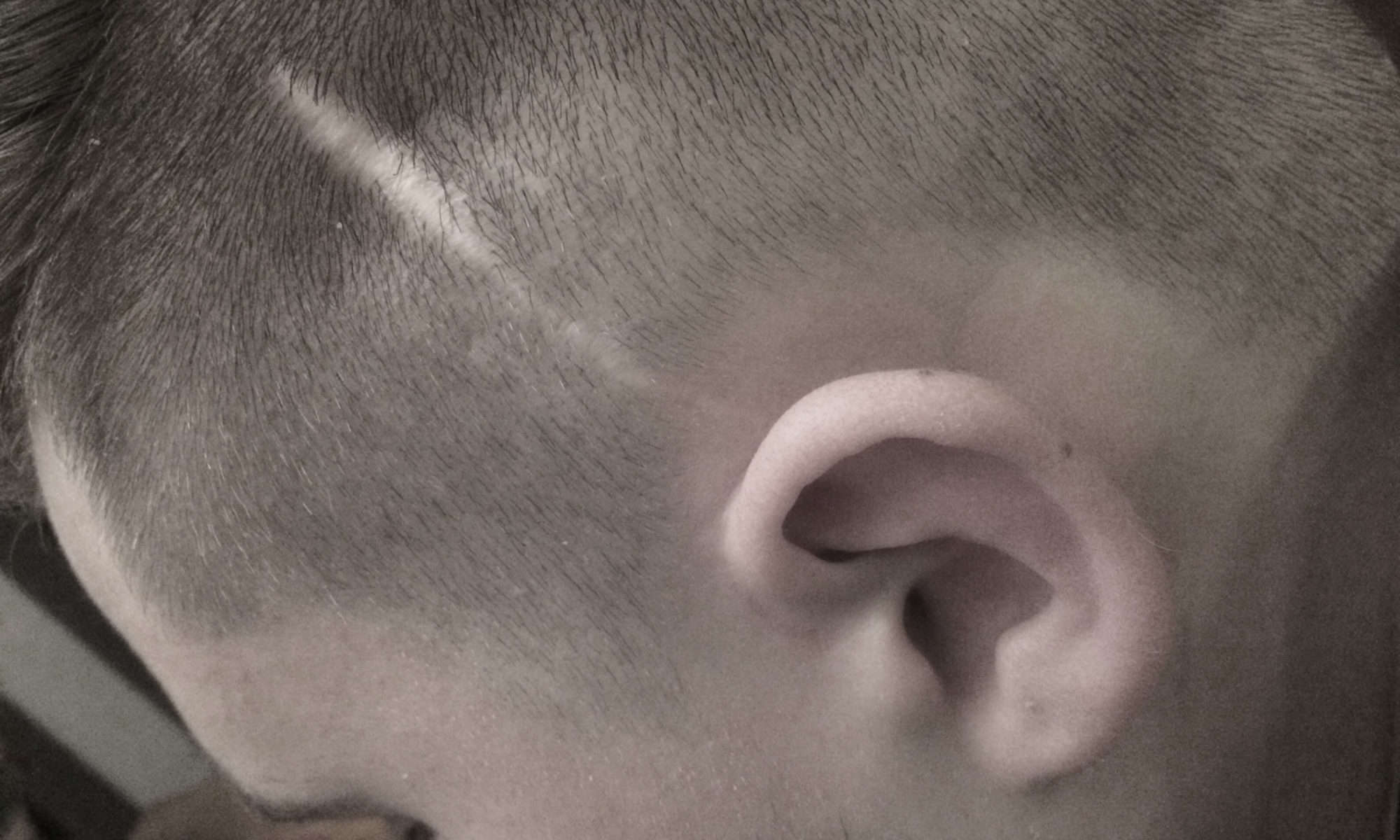The treatment section is currently a challenge because the doctors performing SCDS surgeries undertake their operations in different ways. Surgeons with extensive and successful SCDS experience are few and far between. It is therefore important for the patient to do their homework, educate themselves, and carefully evaluate information from the surgeon about his or her track record and success rate, in order to stand a good chance of restoring their health.
The SCDS Society does not advocate bilateral plugging repairs as an SCDS treatment, since studies have shown that a permanent loss of vestibular function ensues. On the contrary, a good number of people have had bilateral resurfacing repairs with bone graft using calvarial bone from the patients, which have restored their vestibular health. Recently more doctors have been turning towards resurfacing as a preferred type of surgery, as they have witnessed better outcomes in terms of overcoming balance problems (resurfacing is called sealing in this article). It is important that the material used for repairing dehiscences is rigid, as any flexible material will continue to transmit pressure changes.
See illustrations of superior semicircular canal dehiscence, and methods of repair in The Jackler Neurosugical Atlas.
It is not technically feasible to repair a facial-cochlear dehiscences (FCD) without unacceptable complications/side effects due to the location near sensitive nerves. However there is still a lot that can be done. FCD patients generally do much better with conservative medical management than SCDS patients and, if need be, reinforcement of the oval and round windows gives fairly good results with minimal risk (much less risk than SCDS surgery) if thourough post-operative precautions are followed.
If you this web page helpful and would like to contribute to its continued existence, please be kind enough to make a donation.

